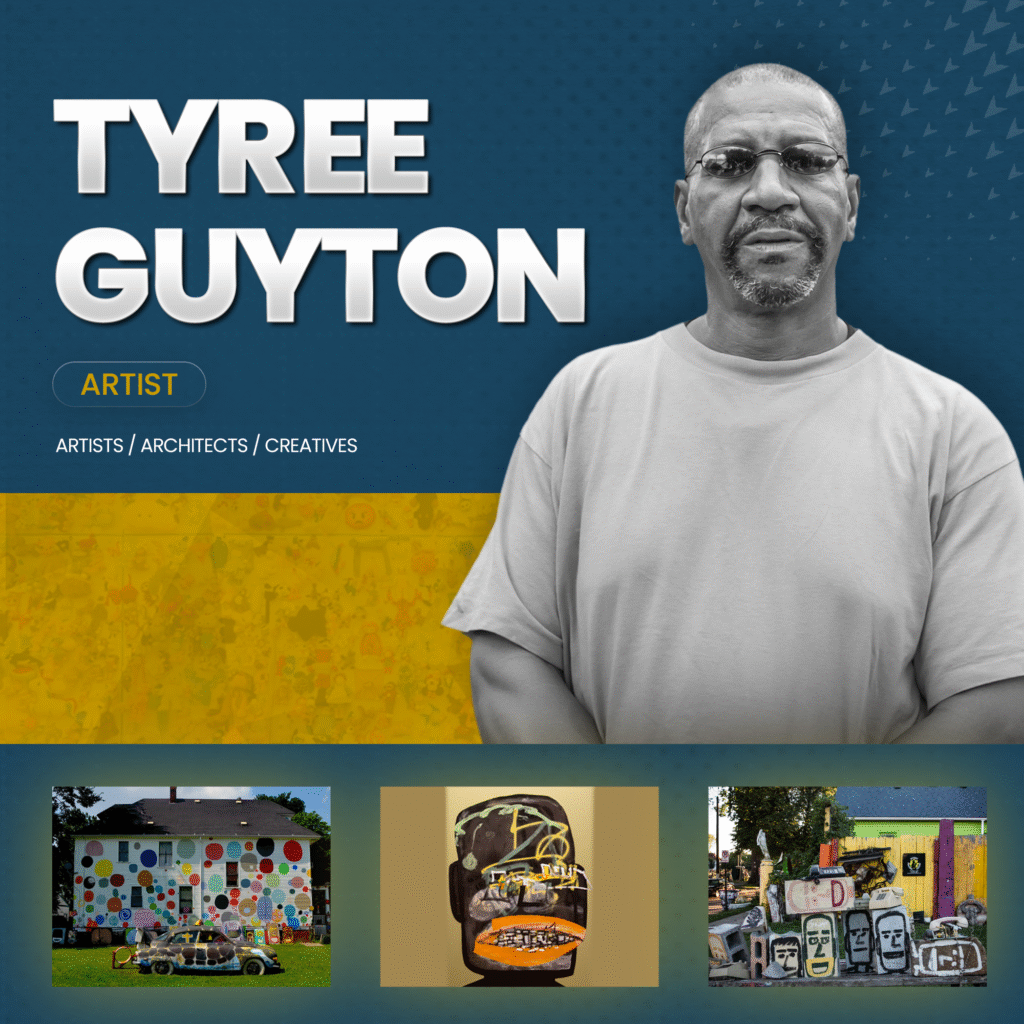For Guyton, it has always been about healing Detroit above all else.
His work is rooted in childhood loss, displaced families, and communities shattered by racism, redlining, and generational neglect.
He used the Heidelberg Project to stir dialogue, joy, confusion, discomfort, and whatever else it took to get people awake.
And it worked.
He lit the torch for generations of Detroit artists – from Sheefy McFly to Sydney G. James to Tiff Massey and countless others.
Then, in 2016, Guyton announced “Heidelberg 3.0,” a 10-year plan to take the project beyond installation to sustainable community development through cultural programming, artist residencies, and economic revitalization.
Final Word: The Prophet in Polka Dots
No, Tyree Guyton did not rebuild Detroit with bricks or bills.
He rebuilt it with meaning.
He turned wreckage into beauty.
He made the forgotten memorable.
Where most people saw trash, he saw testimony – and a soul where others saw an eyesore.
He did not merely paint houses – he painted hope.
Take a stroll down Heidelberg Street today and you’ll hear it yourself if you listen hard enough:
The sound of a city clawing its way back.


 Please check your email for your login details.
Please check your email for your login details.
